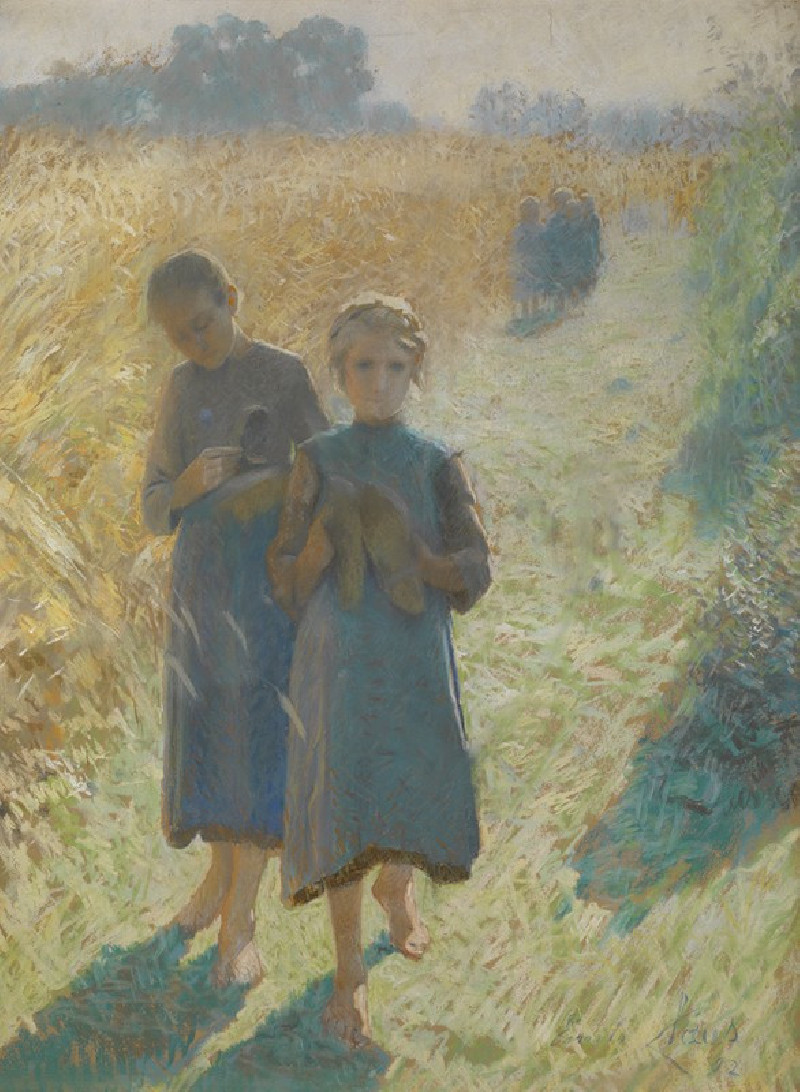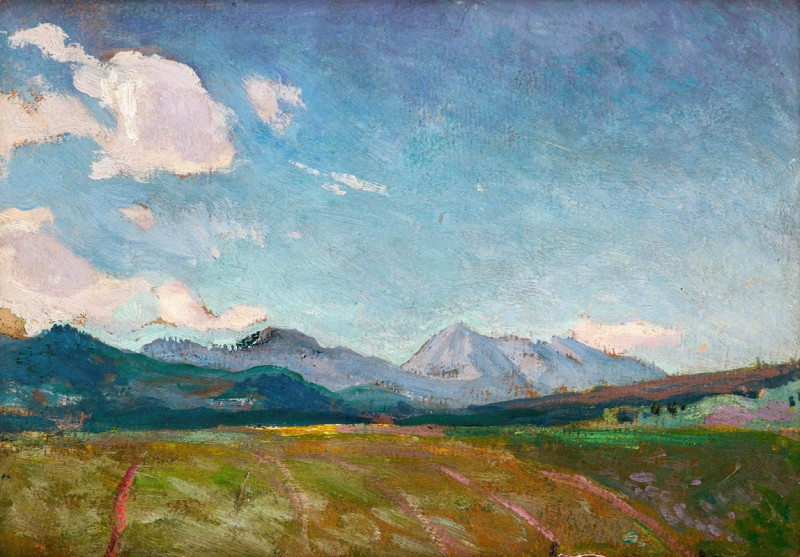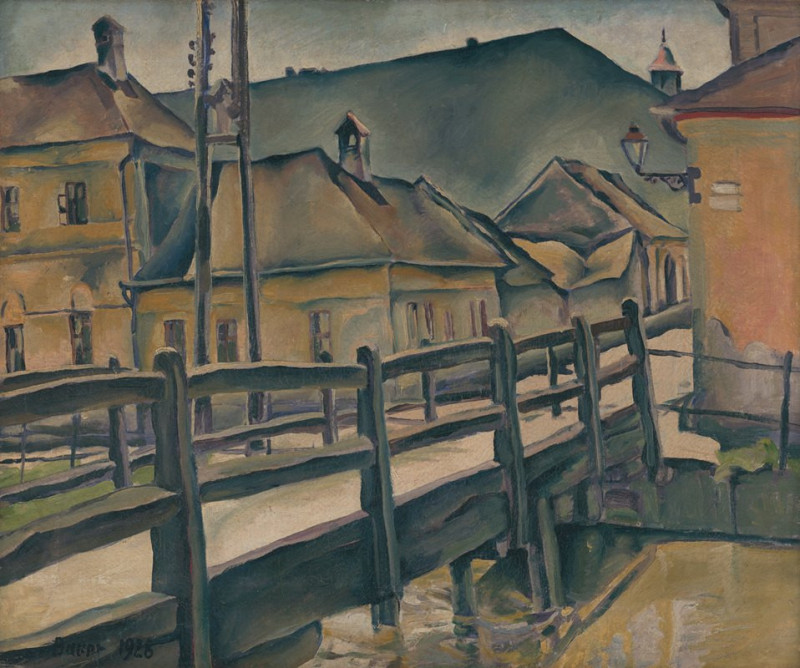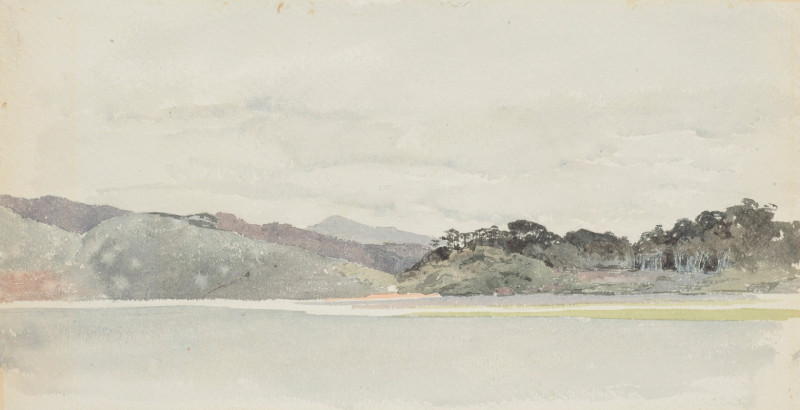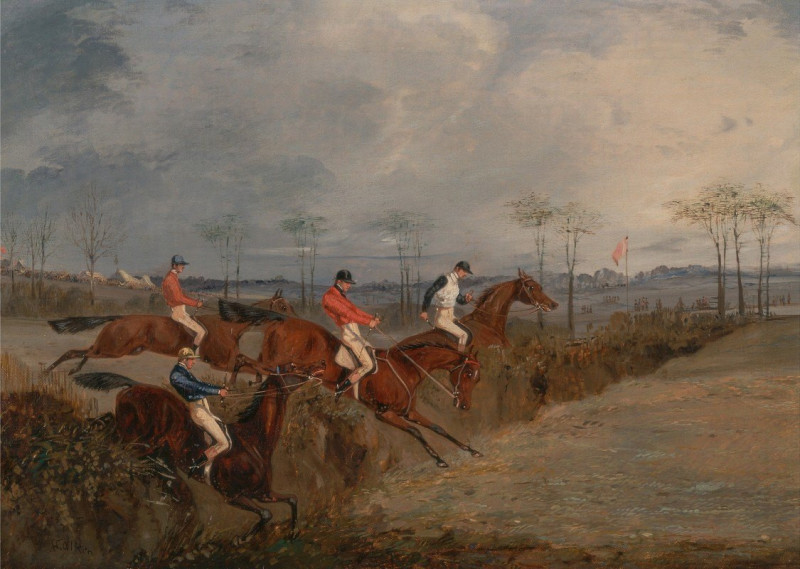Portrait Of The Model Giulia Leonardi (1910)
Technique: Giclée quality print
Recommended by our customers
More about this artwork
We are delighted to present an exceptional piece from Ferdinand Hodler, titled "Portrait Of The Model Giulia Leonardi," completed in 1910. This work elegantly captures the essence of Hodler’s unique style, characterized by a bold use of color and an expressive, somewhat abstracted form.The painting portrays Giulia Leonardi, whose gaze is both inviting and inscrutable, hinting at an inner serenity coupled with a vibrant life force. Her face is rendered with swirling hues of blue and pink, suggesting a dynamic yet introspective personality. Leonardi's dark hair contrasts strikingly against the lighter simulated texture of her skin, illuminated by subtle touches of light that give her complexion a radiant quality.The background, executed with less detail, focuses attention on the model, lending an air of immediacy and intimacy to the portrait. Through Hodler’s distinct brushwork—visible in the thick, energetic strokes—Leonardi's character seems to transcend the canvas, engaging directly with viewers.

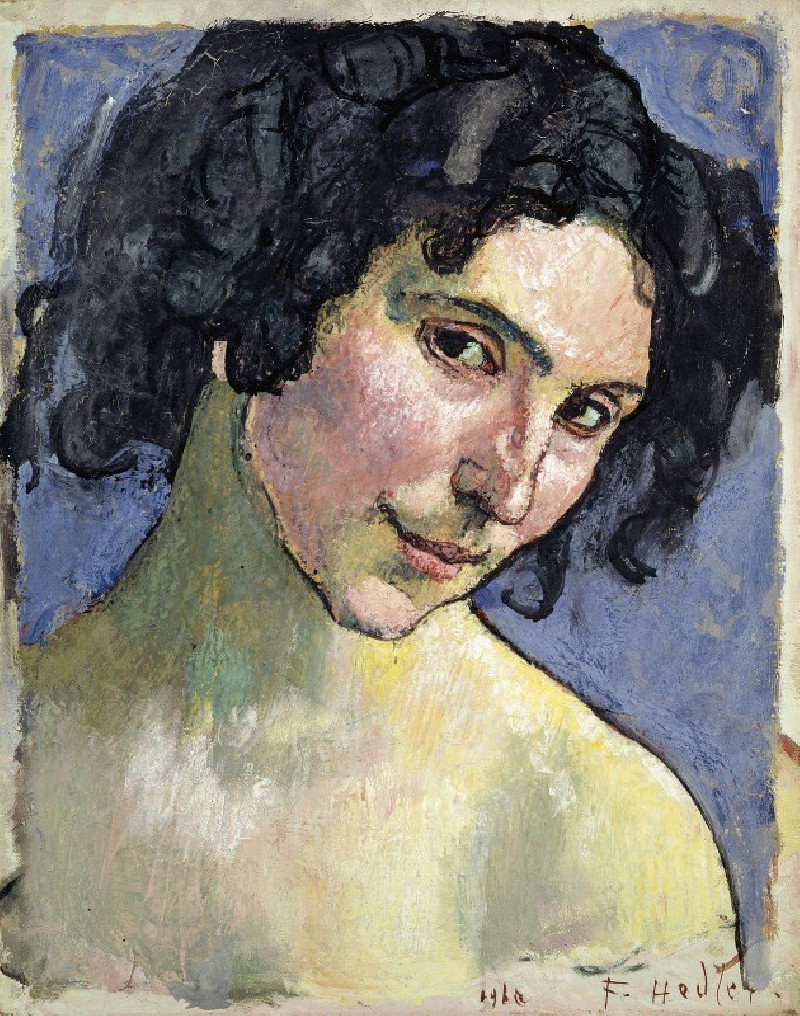
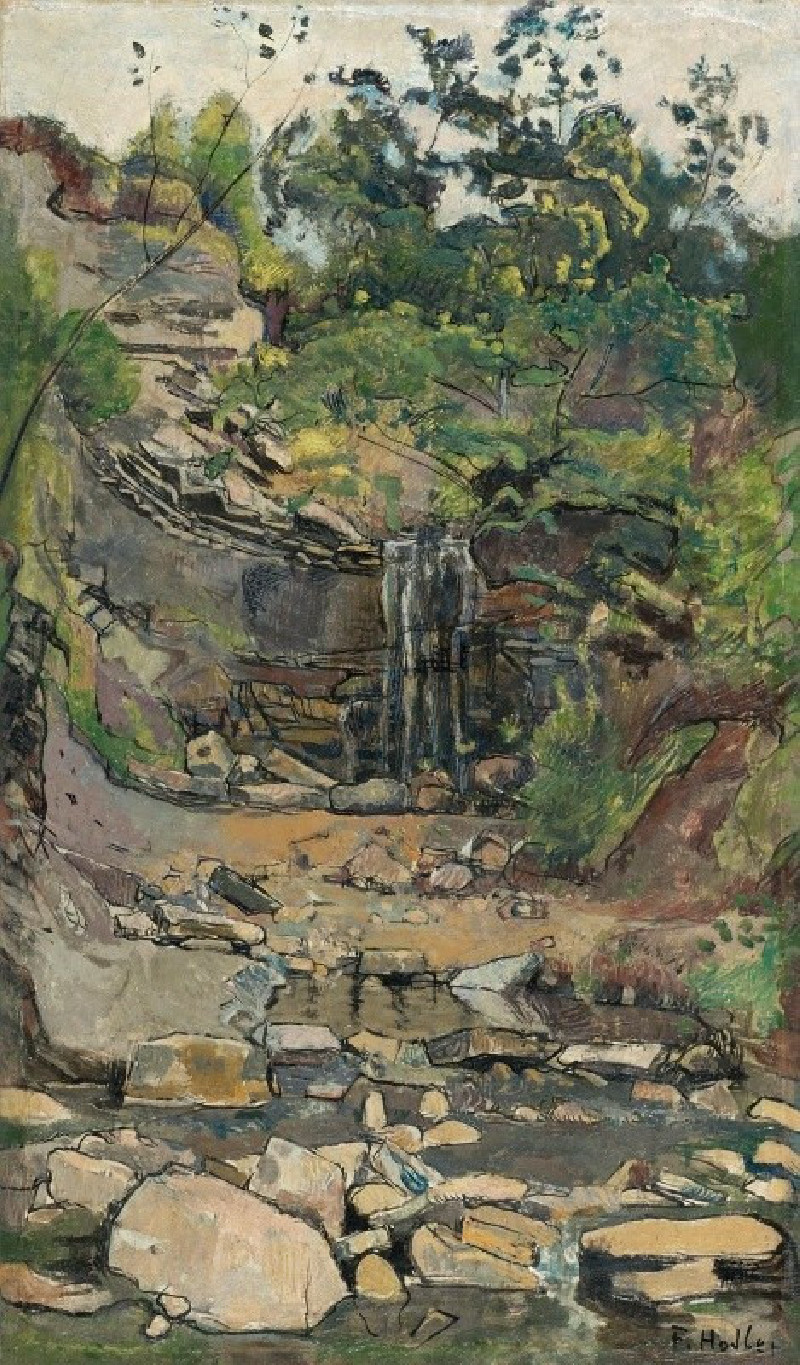
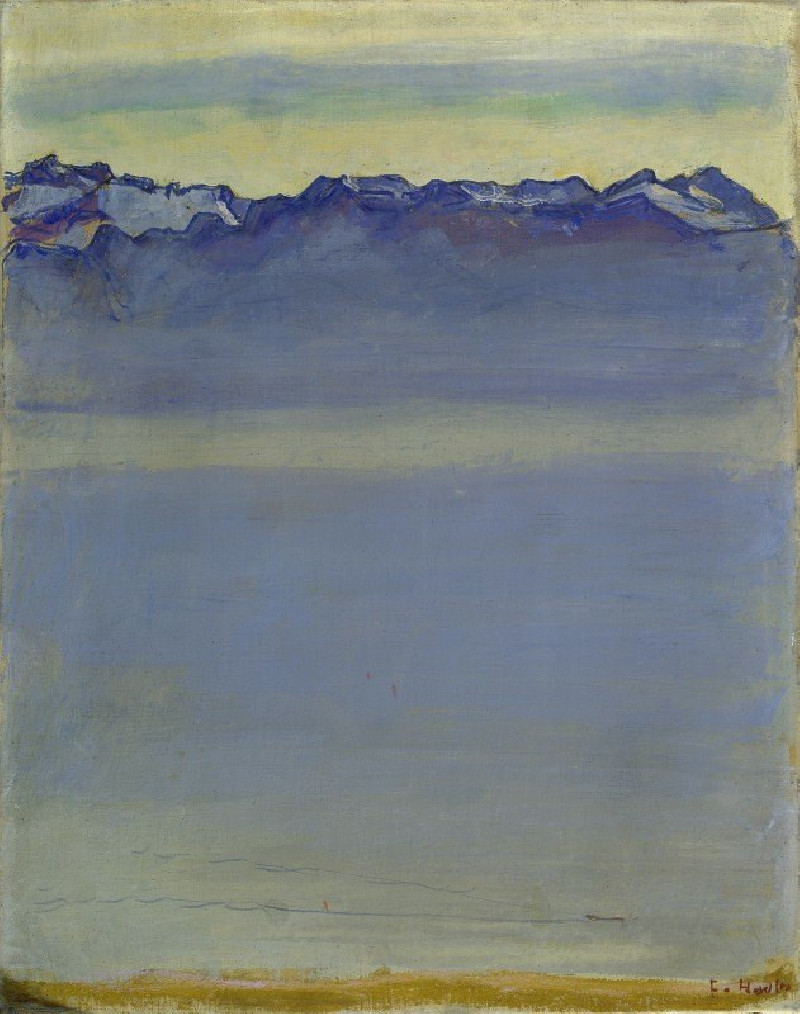
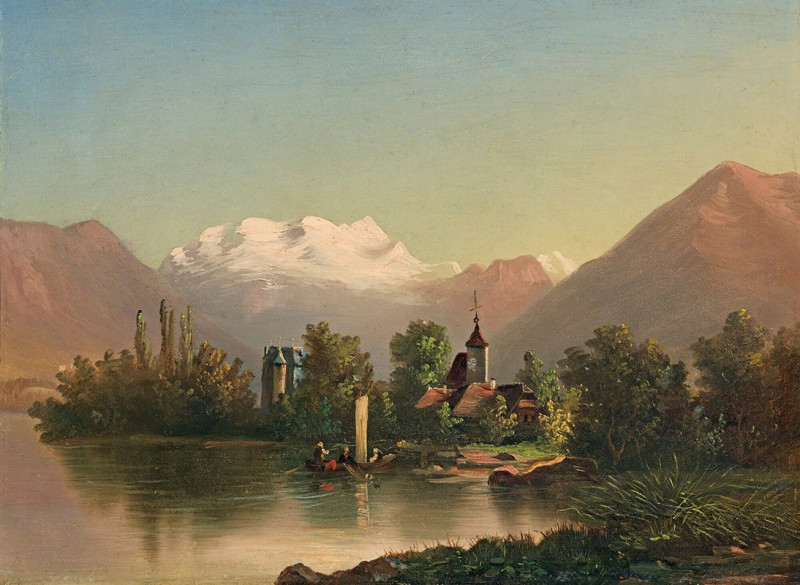

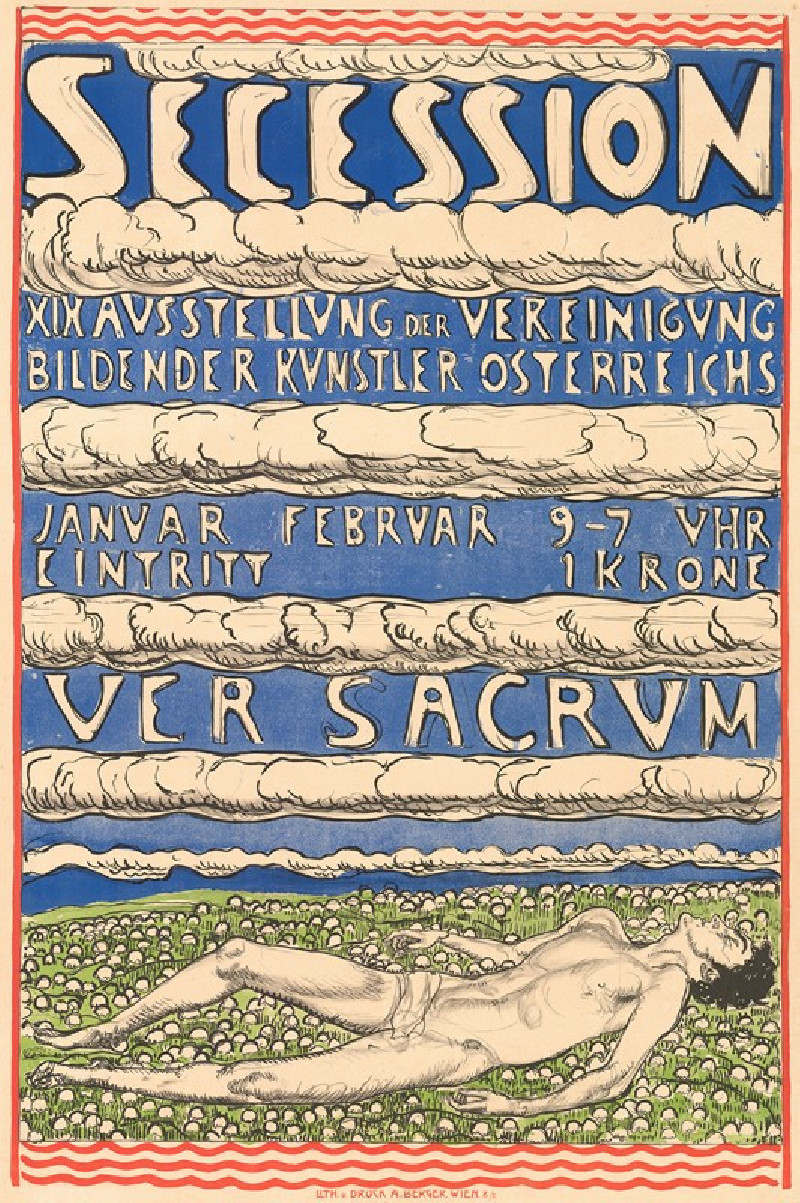
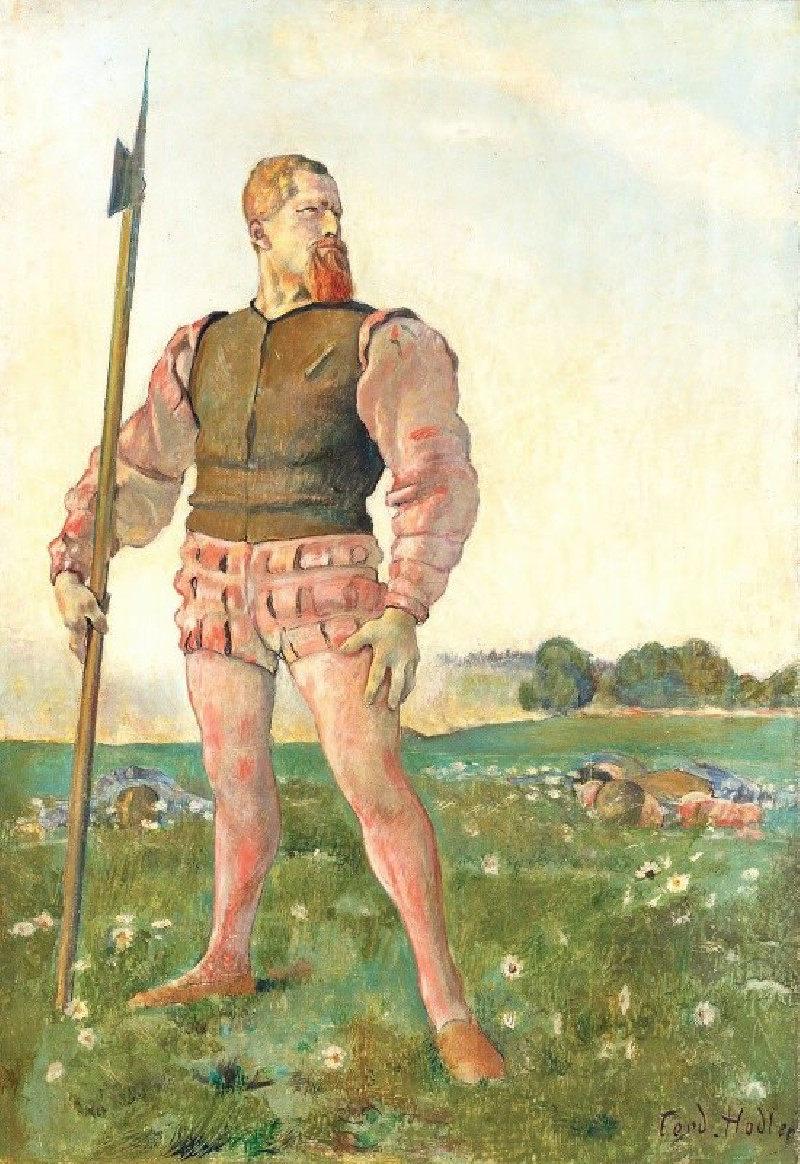
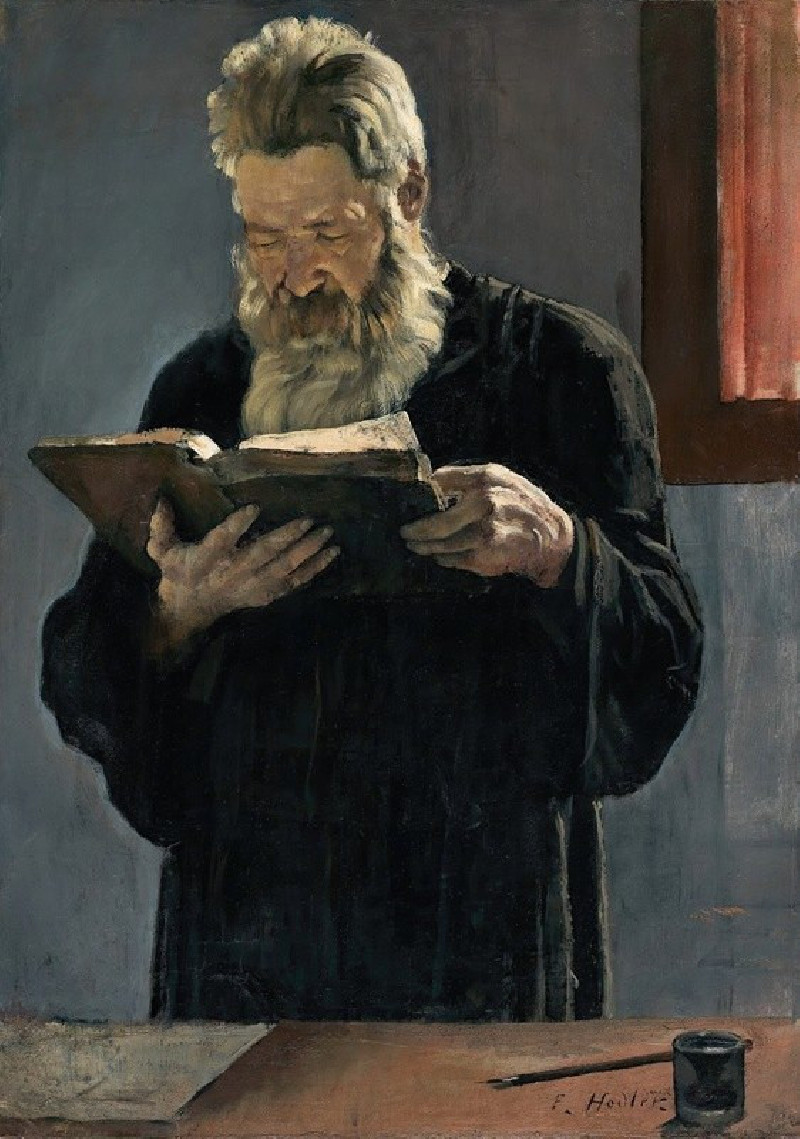
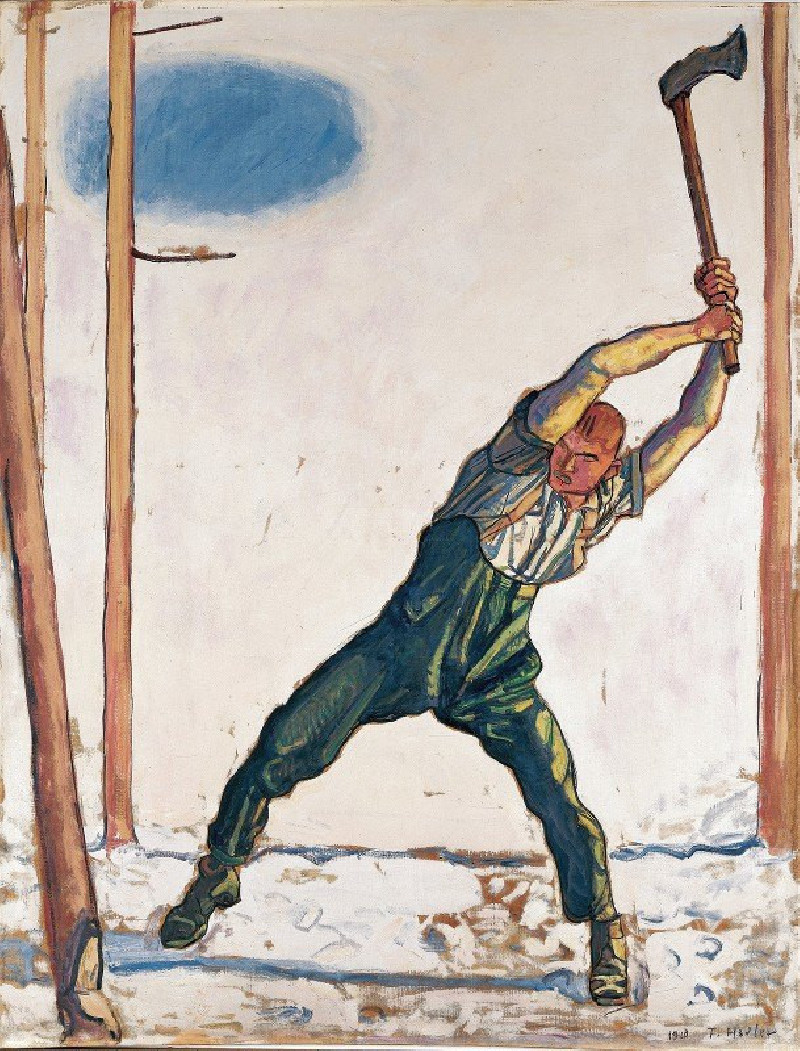
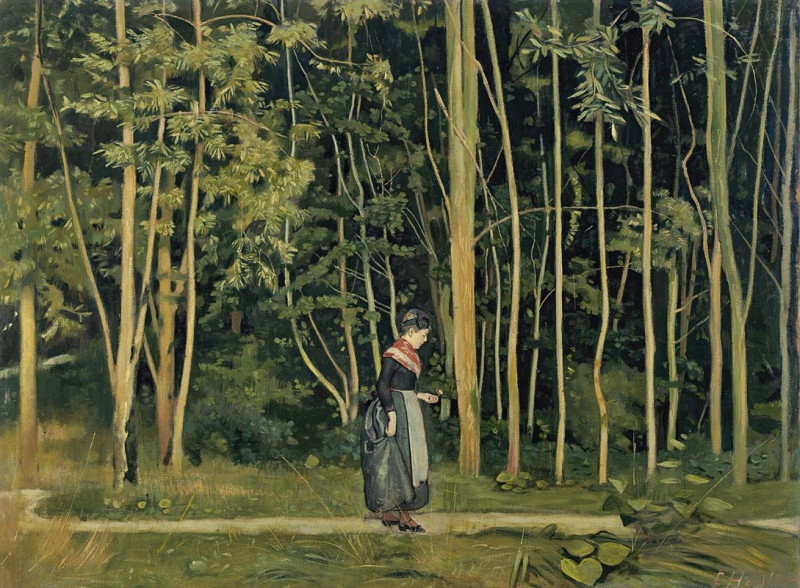
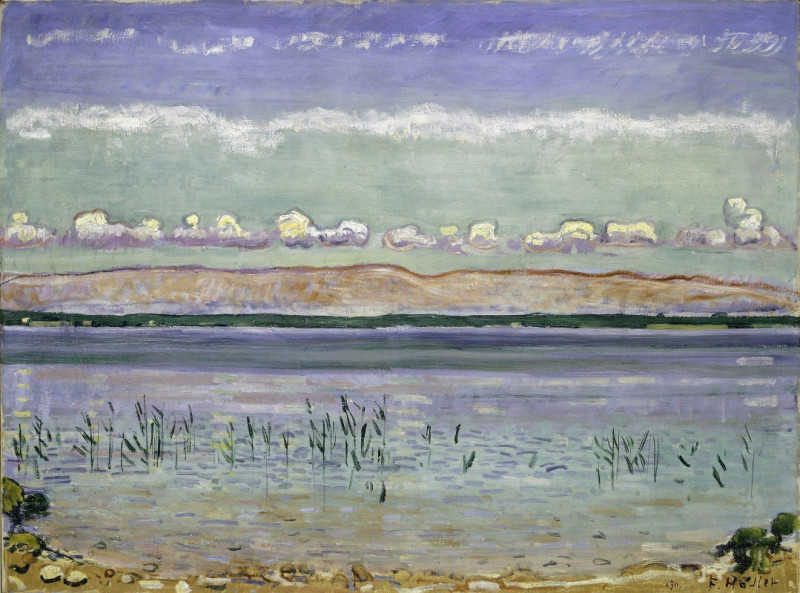
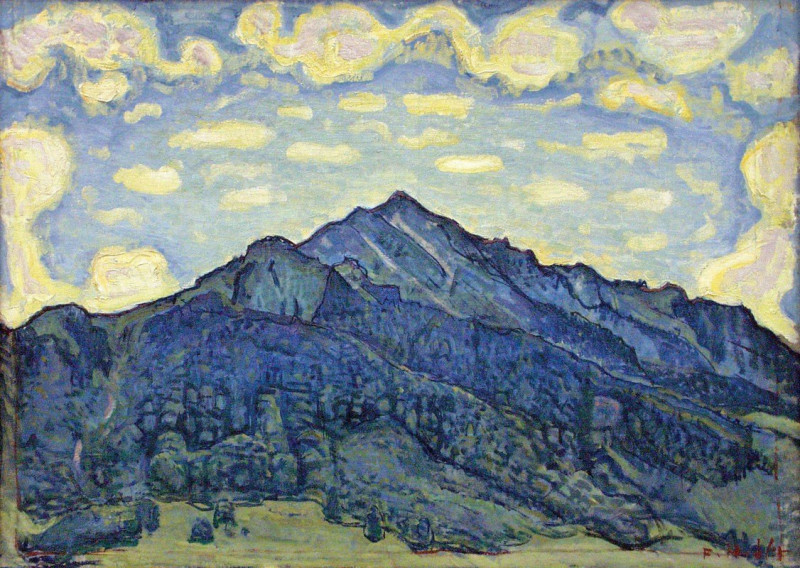

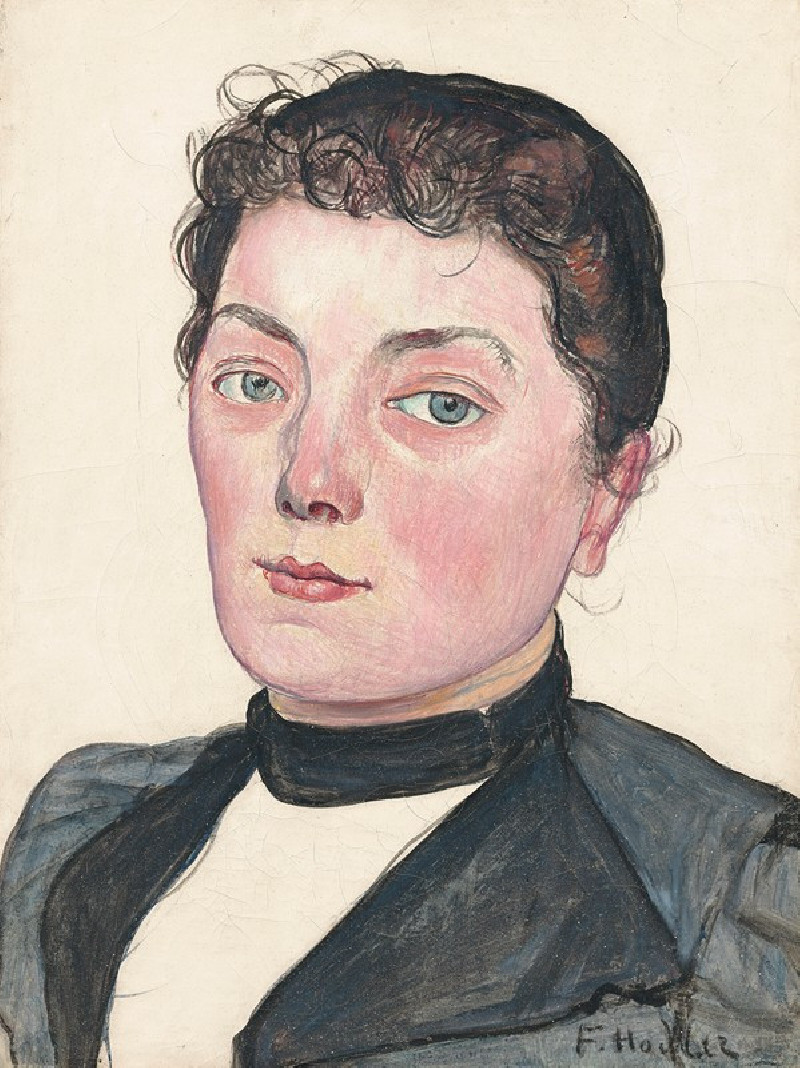


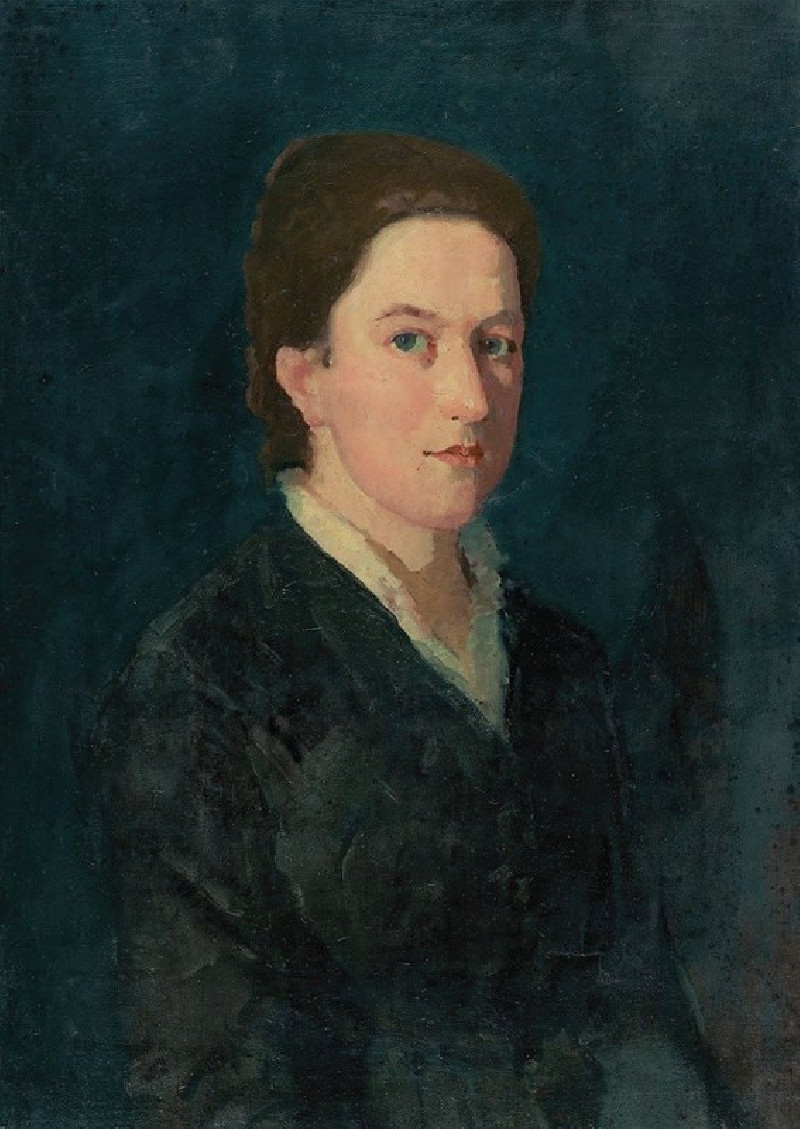


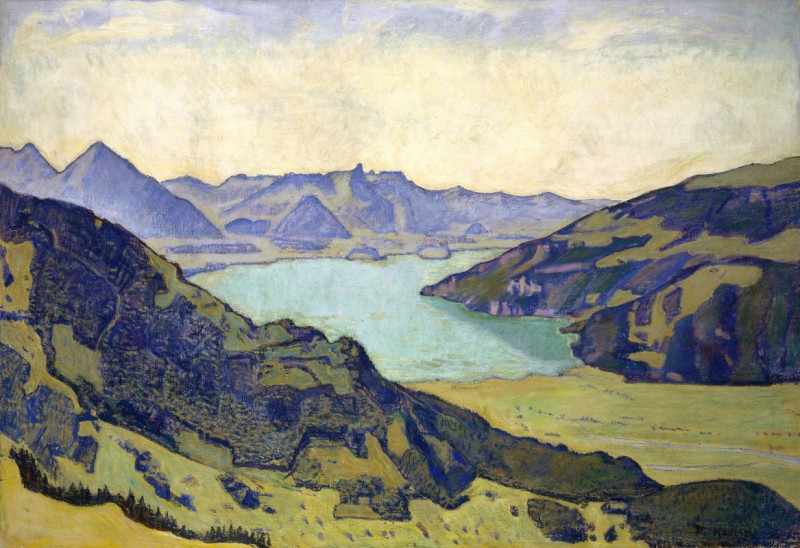
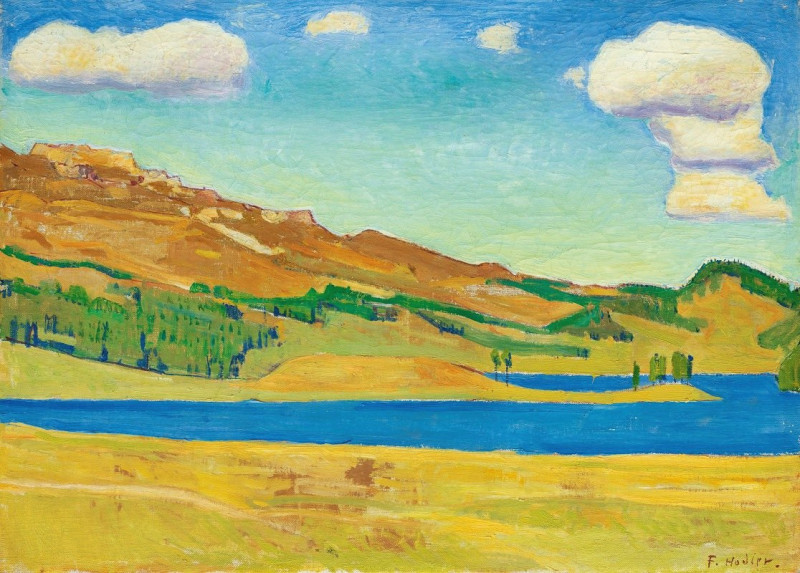

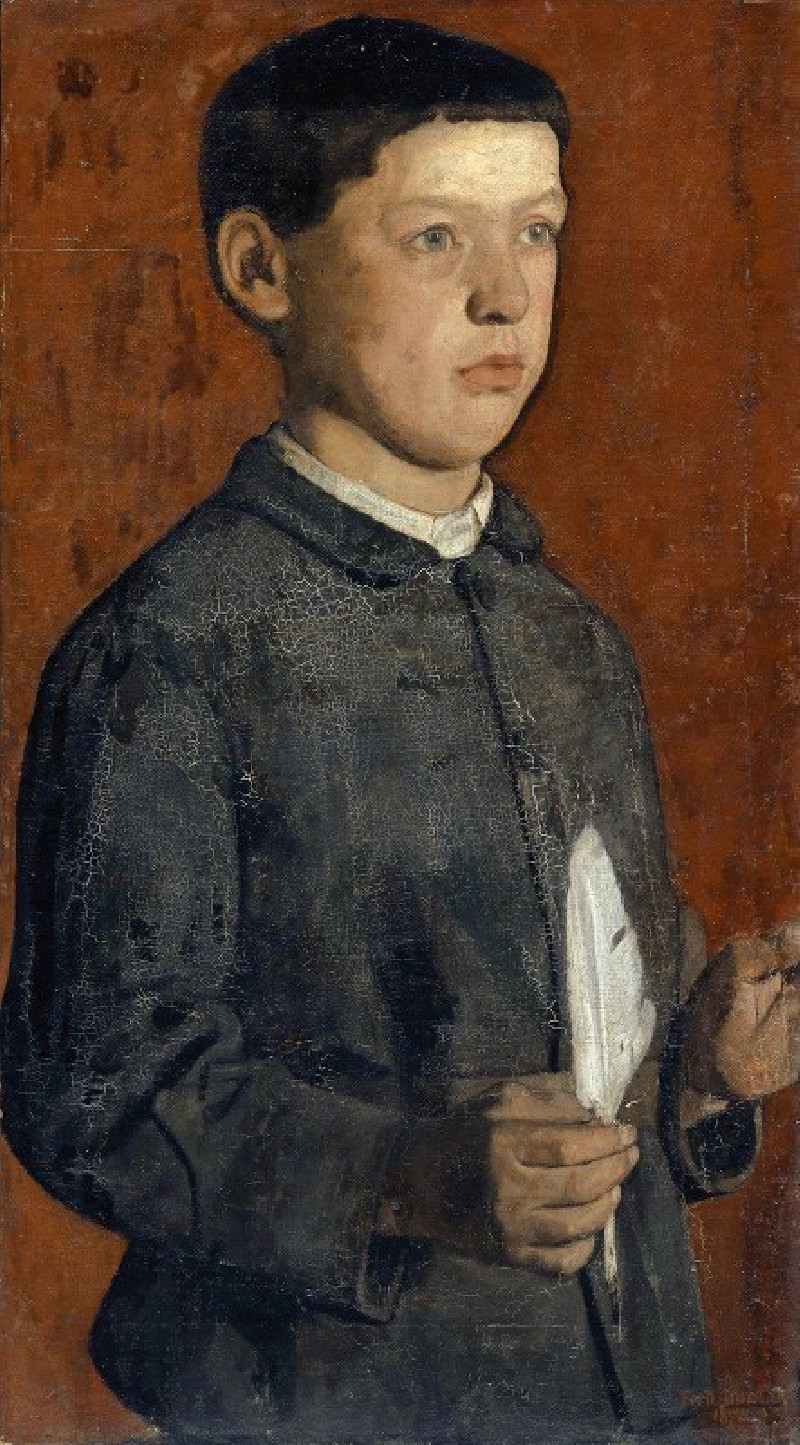
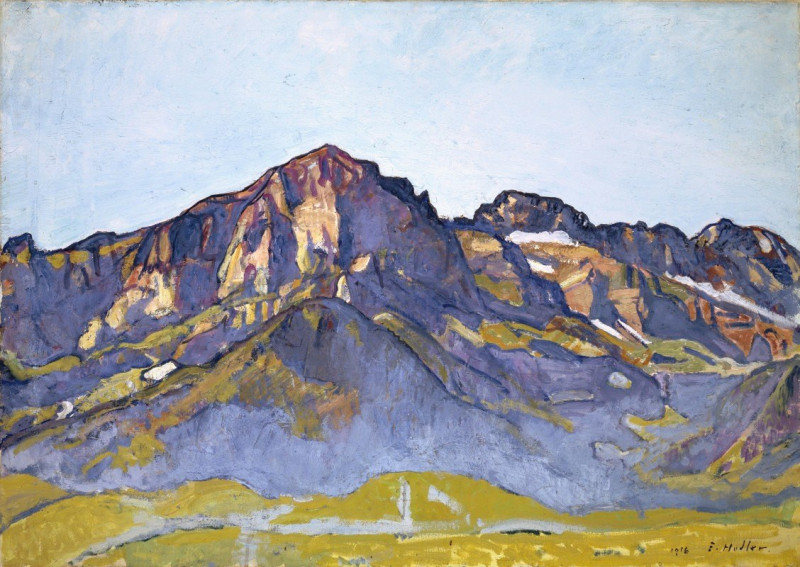
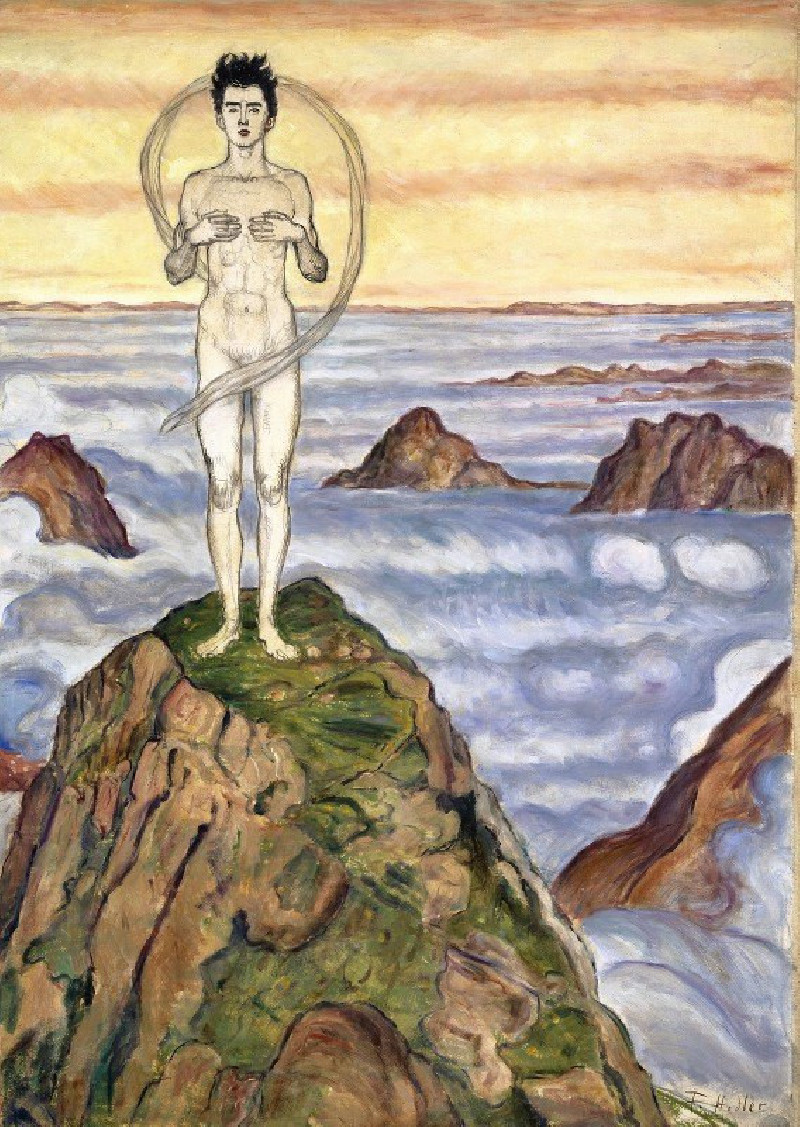
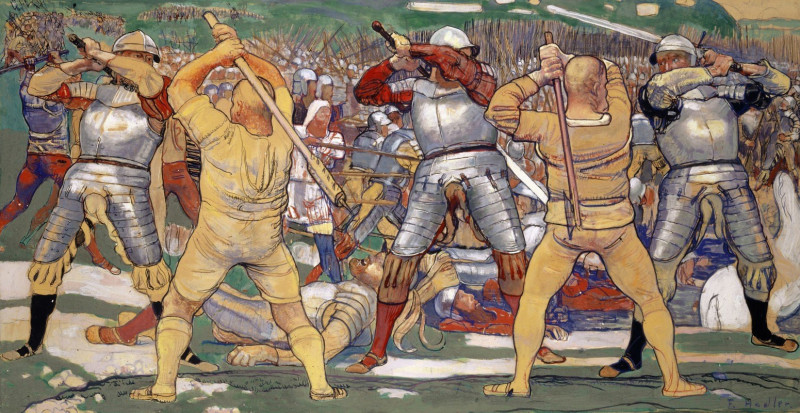
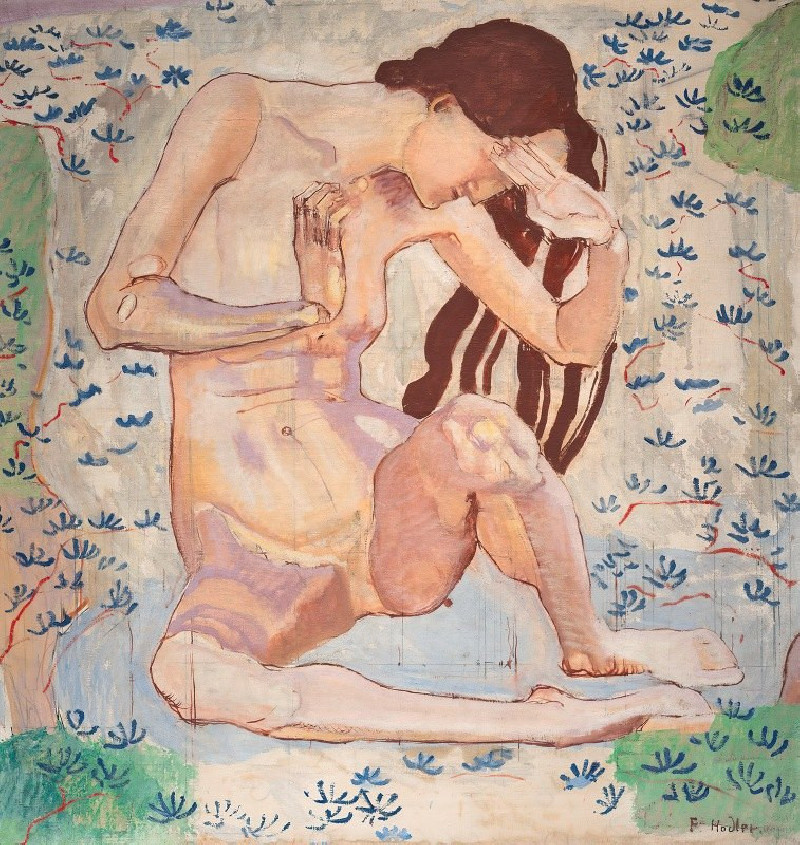
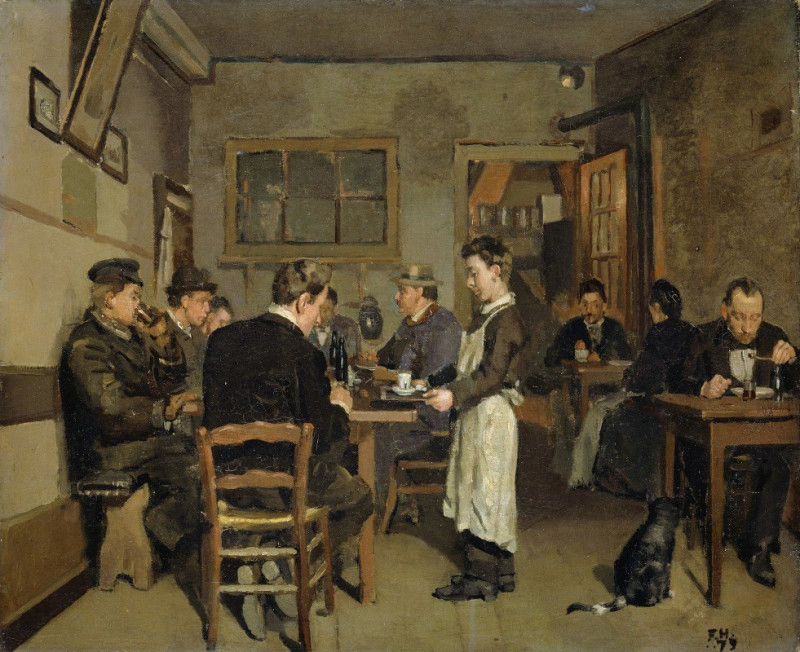
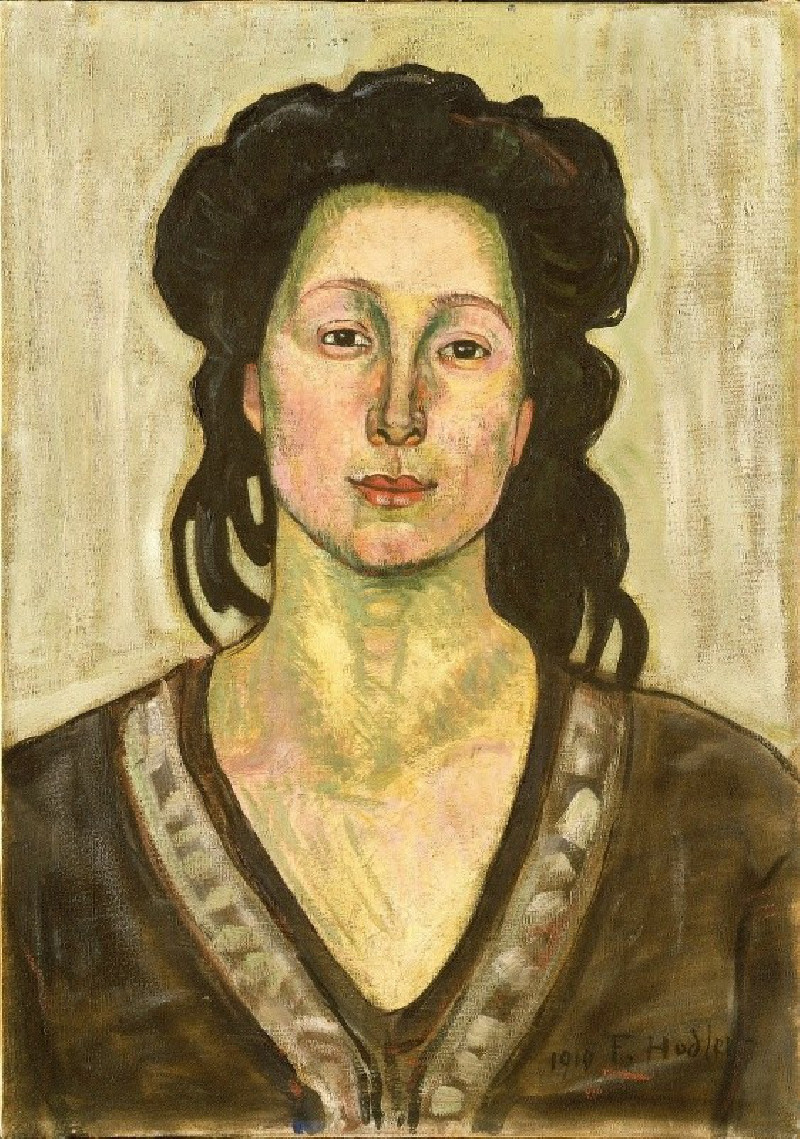

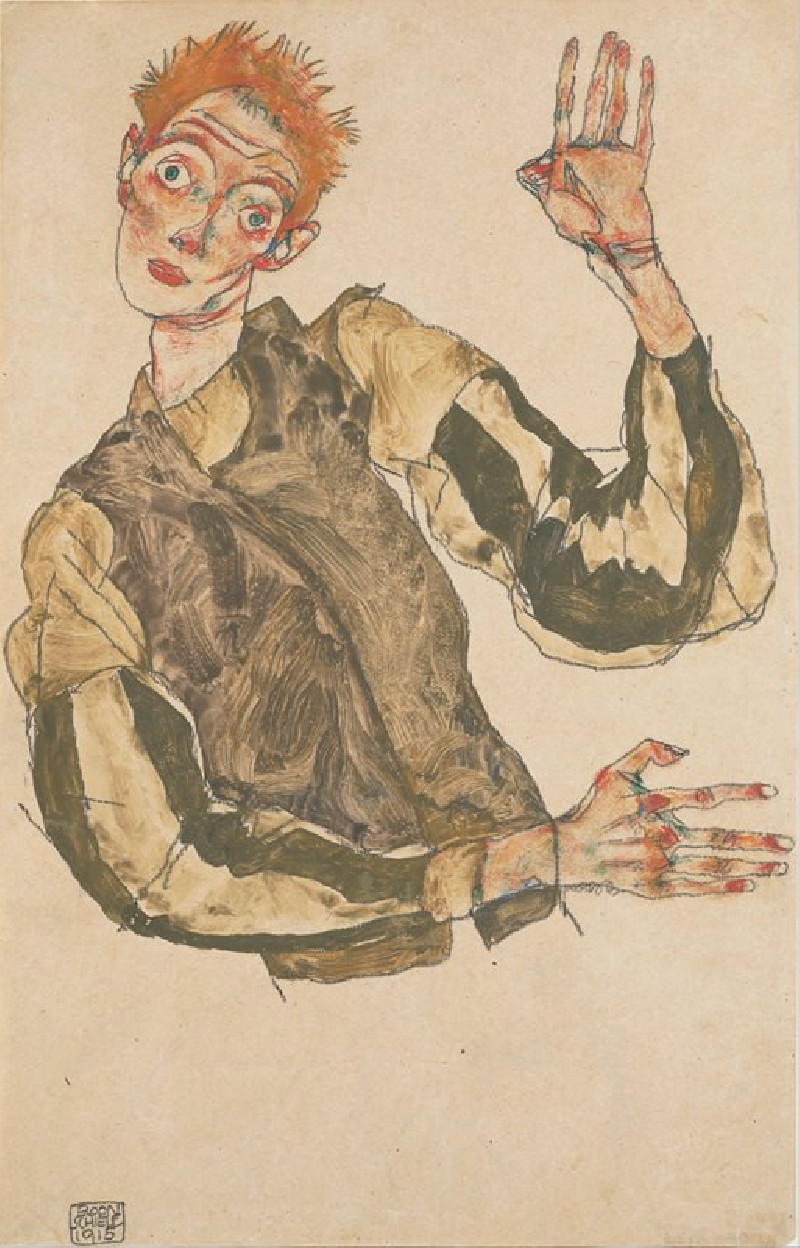
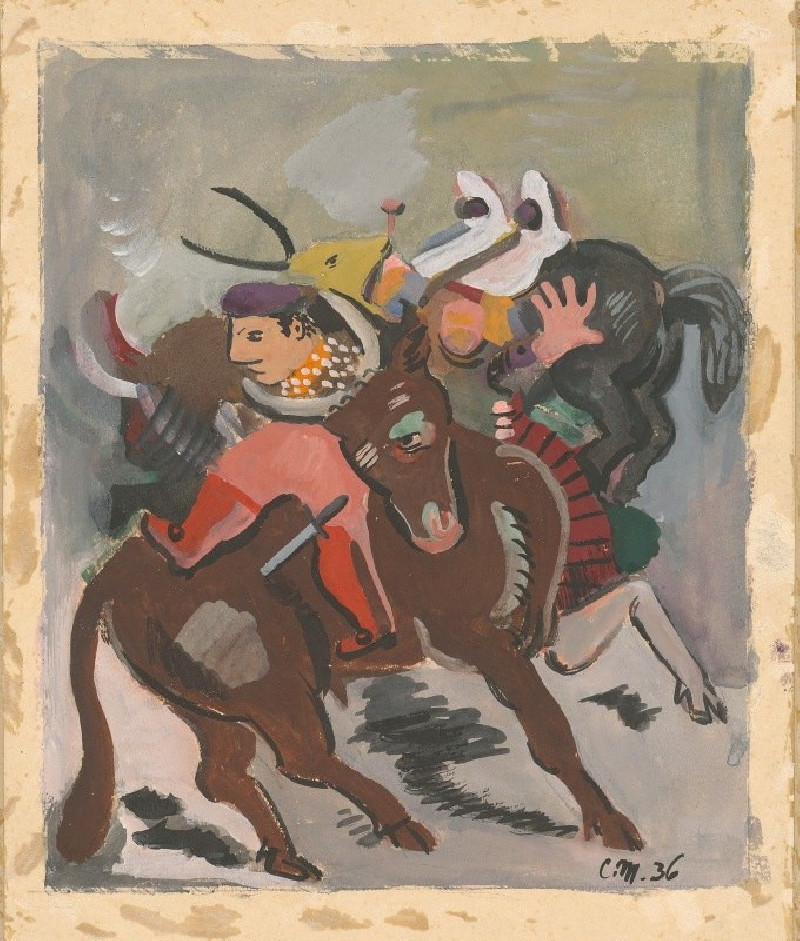
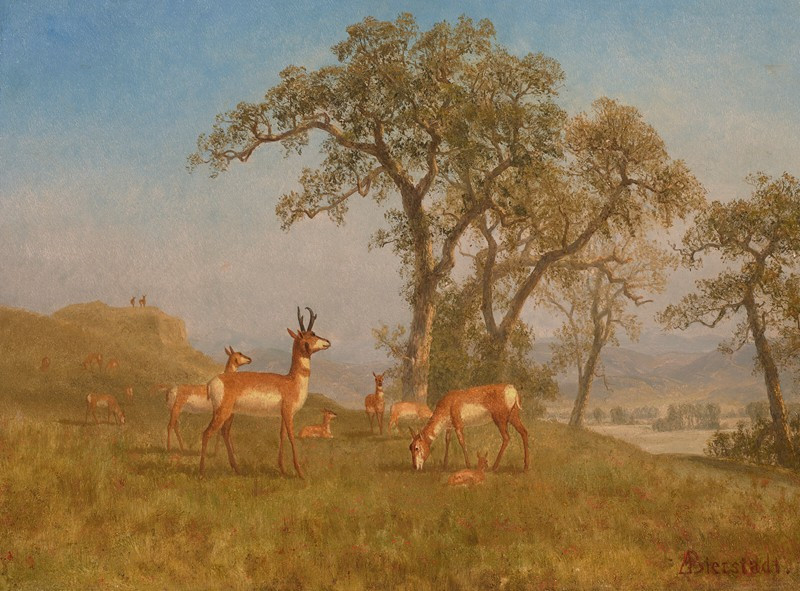
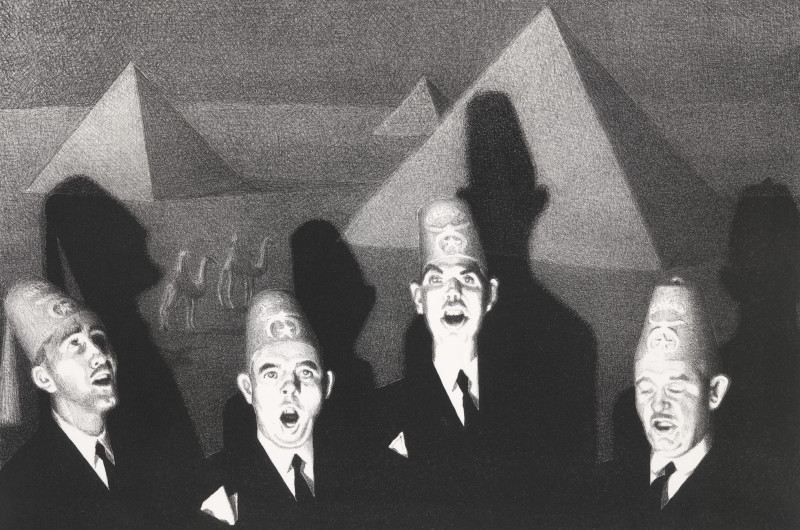
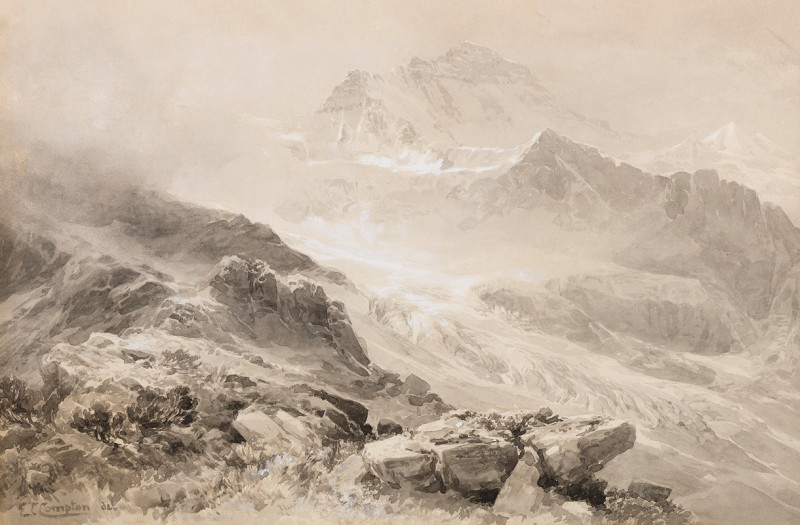

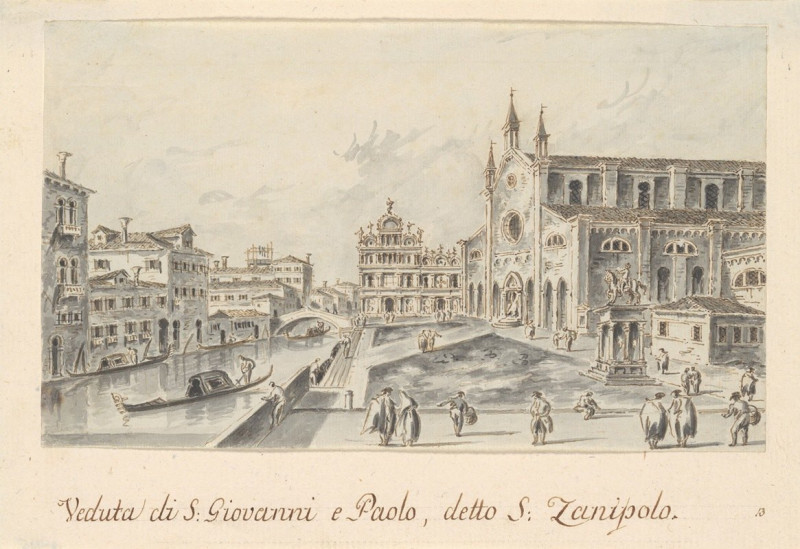

![Siccregully [Sakrigali] (1785) reproduction of painting by Samuel Davis. ALL GICLEE PRINTS](https://reprodukcijos.lt/42656-large_default/reproduction-of-siccregully-sakrigali-1785.jpg)

